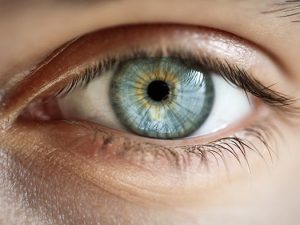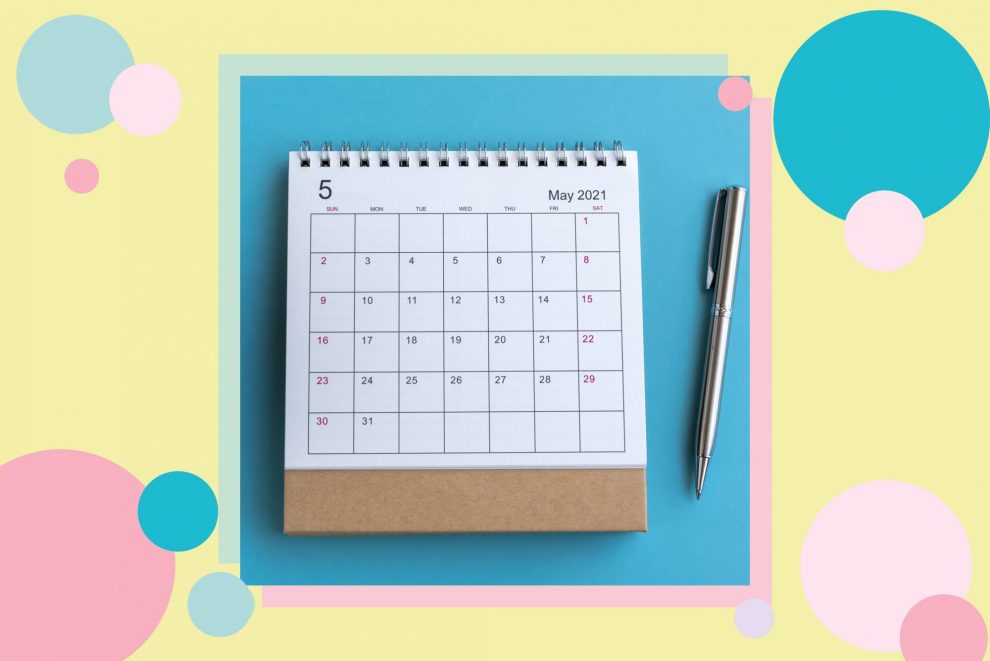Basal temperature is the temperature of our body when we wake up, before even getting up and starting any activity. It is essential that you know and follows up, especially if you are trying to get pregnant. And it is that before ovulation, the values are around 36.5ºC and 36.7ºC in the previous days, a temperature that rises between 0.5ºC and 0.7ºC in the following days.
The increase in basal temperature is the most reliable indicator, so it can be beneficial to have a baby. But how is basal temperature measured? And how is ovulation calculated?
Basal temperature: how to measure it
To measure basal temperature, it is necessary to have a specific thermometer sold in all pharmacies. Although you can also use a regular mercury thermometer, thermometers designed to measure temperature allow you to measure more distant values and thus record even the most negligible variations, very important in this case.
The basal temperature should be measured after at least 3 hours of total rest: ideally, after at least 6 hours of sleep and before getting out of bed. The ideal is to always take it simultaneously, in the morning and regularly, and make graphical monitoring of the daily values.
You can take the basal temperature in the vagina, in the rec, or orally. The latter is the least reliable since this value can be distorted depending on whether we have slept with our mouths open or closed.
If you want to keep track of your basal temperature because you want to get pregnant and calculate the exact date of ovulation, you should follow the following method. You should start measuring your basal temperature from the fifth day after the cycle and do it every day until the start of the next cycle. It is essential to be regular, so do it vaginally or rectally in the morning, preferably always at the same time and before getting out of bed.
Record temperatures down to the tenths day after day in a table. In this way, you will be able to observe the changes throughout the cycle. How to build the graph? Enter the temperature for each day on the graph’s vertical axis and the days of the month on the horizontal axis.
When should you record your basal body temperature (BBT)?
To control ovulation on your own, you can take your basal body temperature (BBT) daily in the morning before you get out of bed.
Record your basal body temperature (BBT) if:
you want to monitor and understand the processes that take place in your body
you want to determine your most fertile days
you want to predict the period
you suspect you have a hormonal imbalance or a problem with your reproductive systemThe basal body temperature (BBT) chart tells you which days are not “safe” during which you have to abstain from unprotected sex to avoid unwanted pregnancy (as long as your cycle is stable, rules are regular, and measurements are accurate). However, this is not the most effective basal body temperature method, as it depends on many factors, such as stress, disease, lack of sleep, the accuracy of measurement, etc. It would help if you did not rely only on this method.
How to Track Your Basal Body Temperature (BBT)
Take your temperature every morning at the same time.
Don't get out of bed or talk (that is, take no action) before taking your temperature.
Always measure your temperature in the same way (orally, vaginally, or rectally).
Use the same thermometer (electronic or other).
You must have slept at least 3 hours before taking your temperature.
Record measurements in Flo (Android, iOS).It is best to measure yourself for at least three cycles.
The basal body temperature (BBT) tracking data collected during this time will help determine ovulation and reveal hormonal disturbances (if any).
Temperature fluctuations on a chart of basal body temperature (BBT)
Basal Body Temperature (BBT) measurements obtained throughout the cycle are entered on a graph divided into two phases.
The vertical dividing line corresponds to ovulation. The first phase of the cycle is the graph section before the line, and the second phase is after.
The BBT measurement is used to assess ovarian function.
Basal body temperature changes in the menstrual cycle are determined by the influence of progesterone on the thermoregulatory center and fluctuations in estrogen concentration. That’s the basis for tracking ovulation using basal body temperature (BBT).
The temperature during the first phase (the low-temperature phase) is predominantly influenced by estrogen.
The temperature during the second phase (the high-temperature phase) is controlled by progesterone and is usually higher than that of the first phase.
In the absence of a pregnancy, your basal body temperature (BBT) drops typically 1 to 2 days before your period starts.
This parameter varies from person to person. Values can also change a bit from cycle to cycle.
How to read the graph?
As the days go by, you will notice changes in the trend of the chart line. In the first phase of ovulation, the follicular phase, you will notice a decreasing trend. Afterward, the temperature will rise above average: you are in the luteal phase of the cycle, which consists of the preparation of the endometrium and the thickening of its walls that would allow the possible nesting of the embryo.
The decrease and the subsequent increase correspond to ovulation, which is especially confirmed if an increase in this basal temperature is observed for at least three consecutive days. Sometimes the rise in temperature does not occur immediately after ovulation but is delayed two or three days. However, these are the perfect days to make love because you are more fertile.
After these days of ovulation, the basal temperature remains high until a few days before the next period, at which point it drops again. In some cases, the temperature drops on the day of menstruation or the next day.






























Add Comment